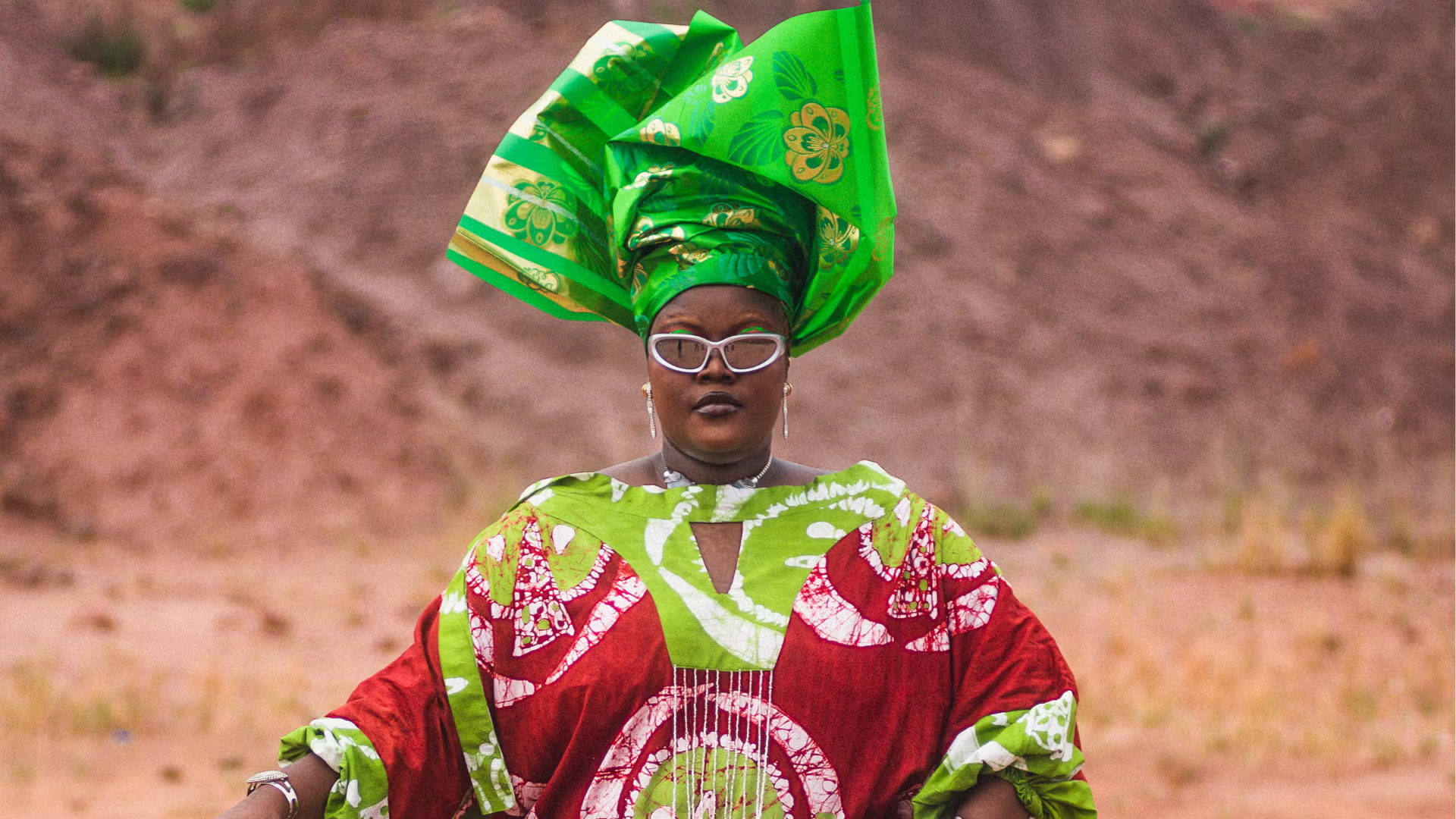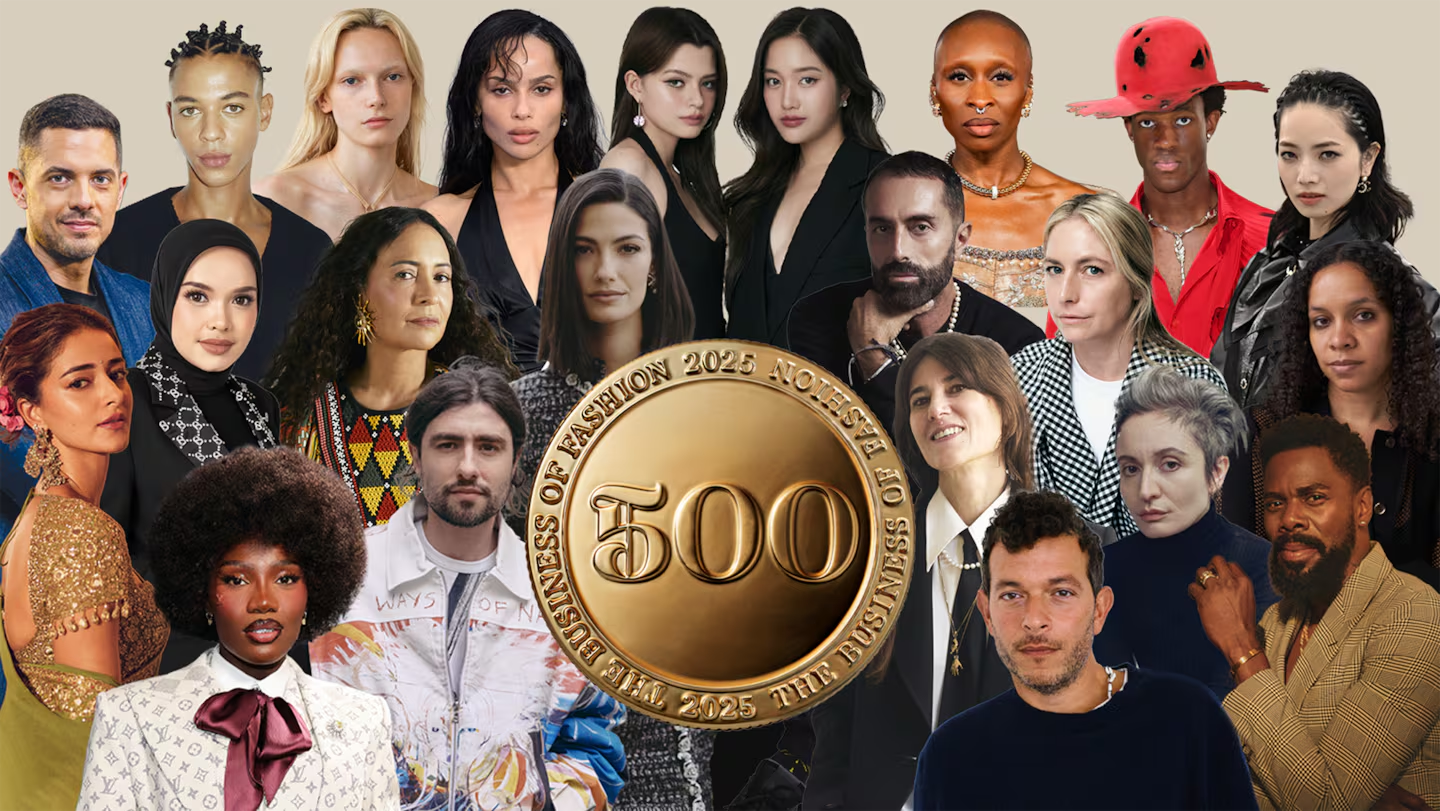The night at Paramount Studios felt like cinema walking out of the screen and into couture. Vogue World: Hollywood seamlessly blended film and fashion, making the runway resemble a series of film stills —a parade of moments, characters, and memories, with Black creativity everywhere. What might have been a string of celebrity cameos instead read as a deliberate reclamation: designers, costume legends, and actors gathered to honour the visual languages of Black cinema and to show how those languages now shape global style.
Angela Bassett’s appearance was a moment when everyone came to a standstill. Reprising Queen Ramonda in the original Black Panther: Wakanda Forever gown, she did more than walk; she returned a chapter of cinematic costume into public memory-a living archive of Ruth E. Carter’s imagination. Around that moment, the show unfurled other powerful tributes. Teyana Taylor and Danai Gurira charged the runway in pieces that nodded to the Dora Milaje’s armour, a fierce, modern riff on Ruth Carter’s designs that read as both homage and reclamation. Jodie Turner-Smith arrived like a vision of Afrofuturism reborn – sculptural, ritualistic, and utterly assured – linking past costume work to present reinterpretation.
Model Anok Yai added her own layer to the night’s storytelling. Appearing in a short directed for the event, she reimagined Edward Scissorhands in glossy black latex and sculptural blades, her performance fusing gothic cinema with high fashion. It was eerie, elegant, and completely transformative, a moment that turned costume into character study. In her hands, the melancholic outsider of Burton’s film became something else entirely: a meditation on beauty, otherness, and control, told through the gaze of a Black supermodel.
It wasn’t only those who wore the garments who made the evening matter; the roster of names and faces reading like a who’s who of contemporary culture turned the show into a kind of community statement. Nicole Kidman, Regé-Jean Page, Laura Harrier, and a constellation of others moved through vignettes that echoed Hollywood’s golden frames. Still, it was the way Black creatives and performers anchored the night that gave it shape. Costume designers and directors were not background credits; they were centre stage. Ruth E. Carter and other costume professionals were celebrated not as afterthoughts but as architects of meaning-the people whose work teaches audiences how to imagine worlds.







The evening’s choreography treated costumes as narrative devices. Each look unfolded to a short, cinematic logic: a gesture here, a slow turn there, and the crowd understood that what they were seeing was not simply fashion but storytelling. Fabrics became skin, ornamentation became history, and the different acts traced a lineage from cinematic costume to the contemporary runway codes. The sensory thread running through it all was unmissable: Africa and the African diaspora are no longer sources for the exotic accents in design; they’re central languages of creative expression.
Musical moments, including live performances and soundtracks, stitch the acts together, energising the runway without it being all about spectacle for the sake of spectacle. In combining archival pieces with new commissions, designers and stylists showed costume work as both preservation and invention. The evening had a practical pulse, too: funds raised went towards supporting industry professionals hit by the California wildfires, a crucial reminder that fashion and film survive because of working communities whose labourers often remain unseen.
READ MORE: Why Sinners Stand Out for Style in Contemporary Black Cinema
By night’s end, it was clear that Vogue World had done more than stage a glamorous evening. It rewired a conversation about legacy and influence: the stars who walked the runway were not just celebrities showcasing clothes, but conduits for histories – cinematic, sartorial, and social. The repeated callbacks to Black Panther and to Afrofuturist visual vocabularies were not nostalgic gestures but active claims. Fashion borrowed film, and film lent fashion its stories; together they insisted that Black aesthetics are central to how we imagine both the past and the future. The final image when walking away from the studio was not one dress or headline cameo, but a sense of return: memory restored to the bodies and designers who made it. Vogue World: Hollywood became, for one night, both runway and repertory theatre; in that fusion lay a message, at once urgent and straightforward: costume matters, context matters, and the creatives who conjure worlds deserve to be seen.

























